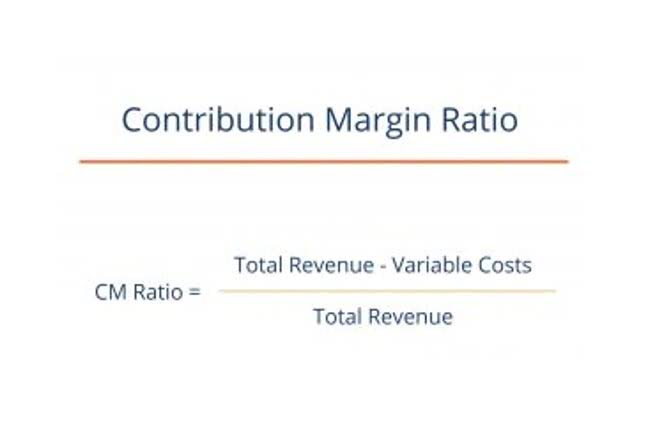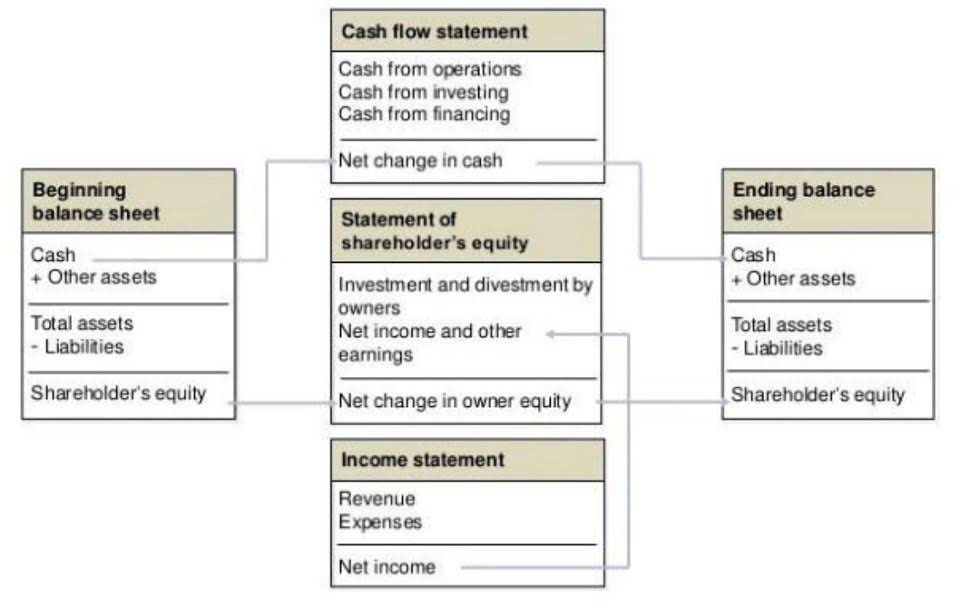
That doesn’t mean having stable financials isn’t crucial for nonprofits too, though. Quicken is a personal finance management software developed by Intuit, offering tools for budgeting, expense tracking, and investment management. We invest in deep research to help our audience financial statements for nonprofits make better software purchasing decisions. We’ve tested more than 2,000 tools for different finance use cases and written over 1,000 comprehensive software reviews.
- Discover the challenges surrounding the use of paper checks and how best to migrate to e-payments.
- As a nonprofit, your biggest challenge is likely to be managing your accounting cash flow.
- Effective management of restricted funds involves robust internal controls and accounting systems to segregate and monitor these funds separately from unrestricted resources.
- This transparency isn’t just a box to check; it’s essential for building trust, showcasing responsible fund use, and ultimately supporting your mission and long-term sustainability.
- The ultimate guide to selecting the best accounting and financial management software for your nonprofit.
Resources on Sourcing and Diligence
Below, you’ll learn about the value of each, what information to report, and how they work together to keep your nonprofit financially sound. If you’re a board or staff member of a nonprofit or are just starting a new organization, sign up for our newsletter to receive weekly articles on nonprofit financial rules and regulations. We also provide several resources and tips for fundraising, management, events, and more on our Nonprofit Blog. This statement tracks the monthly cash flow in and out of your organization.
Role of Financial Statements in Strategic Decisions
With this responsibility comes the necessity for financial transparency and accountability. Learn the six essential steps that every nonprofit should take to determine the ideal reserve fund amount. Overspending a grant budget may have significant financial implications for a nonprofit. Careful consideration needs to be made each time a nonprofit enters into a grant. Learn more about the various scenarios in which a nonprofit may be unable to use grant funds on costs that the organization thought were acceptable and what the organization should do.
2 Liabilities
Regular updates need to provide enough detail for non-financial experts to make informed decisions. Organizations must carefully evaluate accounting software options against their specific contra asset account needs, considering current requirements and future growth. For instance, cloud-based accounting solutions offer particular advantages for nonprofits, allowing remote access and automatic backups. Unlike for-profit organizations, where there is a unified tracking system, nonprofit organizations are restricted to separate tracking of financial transactions.

The 4 major nonprofit financial statements

Technological advances have revolutionized the way organizations operate, and the continued prevalence of paper checks in payment processes stands out as a bottleneck for many nonprofits. Discover the challenges surrounding the use of paper checks and how best to migrate to e-payments. Managing a nonprofit’s grants and contracts process is a multifaceted and complex task.

Revenue
- For nonprofits, the accounting methods differ in accountability and compliance.
- The world of nonprofits is driven by passion and purpose, with every organization striving to make a difference.
- By comparing assets and liabilities over time, stakeholders can identify trends in financial growth or challenges, providing insight into the organization’s financial trajectory and resilience.
- When your nonprofit is fully compliant with the IRS guidelines for nonprofits, you avoid fines, audits or tax exemption revocation.
- It covers everything from basic principles to financial statements and compliance requirements, explained in clear, practical terms that are easy to understand and apply.
Mastering nonprofit financial statements is not just about keeping accurate financial records. Maintaining trust, making informed decisions, ensuring compliance, and ultimately safeguarding the Grocery Store Accounting future of the organization are essential. Nonprofit accounting is the process of recording, managing, and preparing compliant financial statements for 501(c)(3) organizations.
Addressing Lack of Financial Literacy Among Staff and Board in Nonprofits
Analyzing revenue and expenses in a nonprofit financial statement is essential for understanding the financial health of the organization. It helps to answer questions about income and spending trends and provides insight into how much money is being spent on programming activities versus management and fundraising activities. Additionally, it can be used to identify any unusual increases or decreases in expenses and determine whether they are reasonable. One frequent challenge in nonprofit financial reporting is misclassifying revenue and expenses. Nonprofits often receive funds with specific restrictions or for particular programs, which must be recorded accurately to reflect donor intentions. Misclassifying these funds can lead to inaccurate financial statements and potential issues with compliance.
Purpose of Preparing Nonprofit Financial Statements
The outcome is real-time data to inform strong decision-making that best serves the mission. One of the most important components of an annual report is financial information. In this guide, we’ll explore why it’s important to incorporate financial data into your annual report, which financial components to include, and how to display this information effectively.

